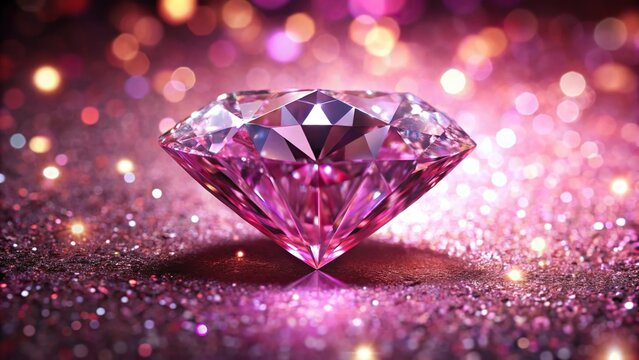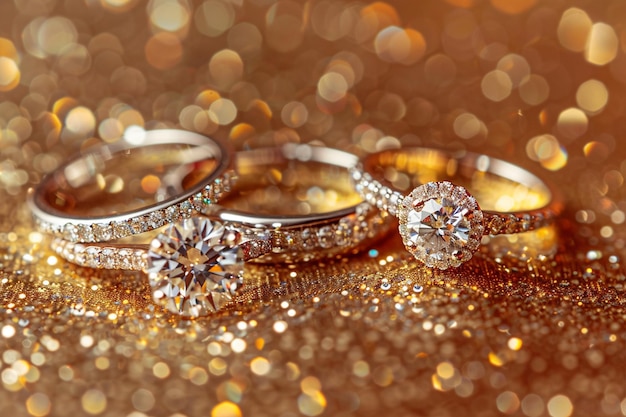
What is Lab-Grown Diamond Certification?
When you purchase a lab-grown diamond, it’s essential to ensure that its quality is properly certified. Certification from reputable laboratories like IGI and GIA provides details about the diamond’s 4 Cs: Cut, Color, Clarity, and Carat weight. These factors help determine the value and beauty of the stone.Comparing IGI vs GIA lab-grown diamond certification standards can be challenging, as both institutions have built strong reputations in the gem industry. However, their approaches and grading criteria differ, which can significantly impact your decision-making process.
The IGI: International Gemological Institute
The IGI vs GIA lab-grown debate often starts with a closer look at the International Gemological Institute (IGI). Founded in 1975, IGI is one of the oldest and most respected independent gemological labs in the world. It certifies both natural and lab-grown diamonds, focusing on providing a detailed and easy-to-understand report on the gemstone.When it comes to IGI vs GIA lab-grown diamonds, IGI is often favored by retailers for lab-grown stones. The IGI’s grading reports are known for being more accessible to consumers, and they tend to offer faster certification times compared to GIA. Additionally, IGI lab-grown diamond certificates often include a laser inscription on the girdle of the diamond for easy identification.However, critics argue that IGI is sometimes less strict in its grading criteria compared to GIA. This means that an IGI-certified diamond may receive a slightly higher grade than it would from GIA.
The GIA: Gemological Institute of America
In the discussion of IGI vs GIA lab-grown diamond certification, the Gemological Institute of America (GIA) holds a long-standing reputation for providing the most stringent and reliable grading standards. Established in 1931, GIA is a non-profit organization that has set many of the global standards for diamond grading.GIA was initially hesitant to certify lab grown diamonds, focusing mainly on natural diamonds. However, in recent years, the institute has adapted to the growing popularity of lab-grown stones and now provides grading reports for them. GIA’s reports tend to be more conservative, meaning they may grade a diamond slightly lower than IGI, but this often results in a more accurate reflection of the stone’s quality.When comparing IGI vs GIA lab-grown certification, it’s important to note that GIA reports are typically viewed as the “gold standard” in the diamond industry. While their certification process might take longer, consumers can trust that GIA provides a thorough and unbiased assessment of the diamond.
Grading Differences: IGI vs GIA Lab-Grown Diamonds
One of the most significant factors when comparing IGI vs GIA lab-grown diamonds is the difference in grading standards. While both IGI and GIA use the same 4 Cs for their grading criteria, the way they apply these standards can vary.For instance, IGI vs GIA lab-grown diamonds often show discrepancies in color and clarity grades. IGI tends to be more lenient, sometimes assigning higher color and clarity grades than GIA would for the same stone. This means that if you’re comparing two diamonds of similar characteristics, the IGI-certified one may appear to be of better quality—at least on paper—when in reality, they might be similar.However, one of the advantages of IGI vs GIA lab-grown diamonds is that IGI reports tend to provide more information, such as details on the type of growth process (CVD or HPHT) used to create the diamond. This additional information can be beneficial for consumers who want to know more about the origins of their lab-grown stone.
Pricing and Availability: IGI vs GIA Lab-Grown Diamonds
Another critical aspect to consider when comparing IGI vs GIA lab-grown diamonds is pricing. Diamonds certified by GIA often come with a higher price tag due to the institution’s more rigorous grading standards and well-established reputation. Retailers are aware of the consumer confidence that comes with a GIA certification and may charge a premium for GIA-certified diamonds, both natural and lab-grown.On the other hand, IGI vs GIA lab-grown diamonds certified by IGI are typically more affordable. This makes IGI-certified diamonds an attractive option for budget-conscious consumers. IGI is also more widely available for lab-grown diamonds, as many retailers prefer their faster and less expensive certification process.
Which Certification Should You Choose: IGI vs GIA Lab-Grown?
When choosing between IGI vs GIA lab-grown diamonds, it ultimately comes down to your priorities as a buyer. If you’re looking for a more budget-friendly option and are not concerned with the strictest grading standards, IGI-certified diamonds might be the best choice for you. The faster certification process and more detailed reports also make IGI an appealing option for those who want quick access to a certified stone.However, if you prioritize accuracy and are willing to pay a premium for the most respected certification in the industry, GIA-certified diamonds may be worth the extra investment. In the IGI vs GIA lab-grown debate, GIA remains the more trusted name for consumers who want the highest level of confidence in their diamond’s quality.
Conclusion
In conclusion, the choice between IGI vs GIA lab-grown diamonds depends on your individual preferences and budget. IGI offers faster certification, more detailed reports, and slightly lower prices, making it an excellent option for those seeking affordability. On the other hand, GIA provides the highest level of accuracy and industry trust, making it the go-to choice for buyers who prioritize strict grading standards.When considering IGI vs GIA lab-grown diamonds, it’s essential to do your research, compare reports, and choose a diamond that aligns with your values and expectations. Whether you opt for IGI or GIA certification, you can feel confident knowing that your lab-grown diamond is an ethical and beautiful alternative to mined stones.





